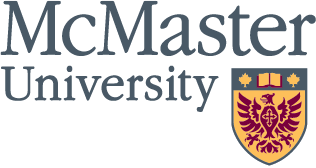June 3, 2001
posted on June 3: McMaster’s Alumni Gallery boasts 11 new members
Read More
 Share
Share
SHARE WITH YOUR FRIENDS
Pick one or more destinations:
0
0
0
×
June 1, 2001
posted on June 1: Alumni gather this weekend for reunions, reminiscences
Read More
 Share
Share
SHARE WITH YOUR FRIENDS
Pick one or more destinations:
0
0
0
×
June 1, 2001
posted on June 1: McMaster’s first software engineering class graduates today
Read More
 Share
Share
SHARE WITH YOUR FRIENDS
Pick one or more destinations:
0
0
0
×
June 1, 2001
posted on June 1: Chemical engineering professor honoured with University Professor title
Read More
 Share
Share
SHARE WITH YOUR FRIENDS
Pick one or more destinations:
0
0
0
×
June 1, 2001
posted on June 1: Engineer takes home top undergraduate award
Read More
 Share
Share
SHARE WITH YOUR FRIENDS
Pick one or more destinations:
0
0
0
×

